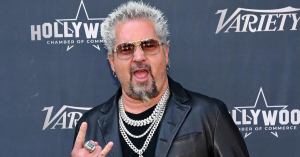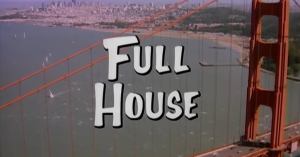The coronavirus pandemic has brought on several comparisons to the 1918 Spanish flu pandemic, which killed an estimated 50 million people worldwide, including bout 675,000 in the U.S. In Denver, the Spanish flu killed about 1,500 people and 8,000 across Colorado. Charting the deaths over time in the Mile High City revealed a “Denver Double Hump,” thought to be caused by city officials reopening businesses and public places too soon. The data has come back into the limelight as more cities and states look to reopen their economies.
At first, Denver officials did not take the Spanish flu seriously, Dr. Stephen Leonard, a history professor at Metro State University, told 9News. “We had a few weeks notice that it was on its way, or likely on its way. But what we did, at least initially, was pretty much head-in-the-sand,” he explained. “We didn’t want to admit it was here at first.” The first person to die from the flu in Denver was Blanche Kennedy, who died in September 1918. Her 24-year-old brother was the next to die, according to Denver Health.
Videos by PopCulture.com
Everyone, it seems: dude, when lockdown is over I’m gonna hit up the pub and catch up with dozens of my mates! Just gonna get riiiiight in there for loads of CLOSE contact with tons of people in -super- public places.
Me: I’m going to stay at home some more and change nothing. pic.twitter.com/QVOBWOit2O
— Shannon #STAYHOME (@ShannonZKiller) April 27, 2020
Elected officials eventually started shutting down businesses, but they allowed gatherings to continue. This was a major mistake, History Colorado public historian Sam Bock told 9News. “What they didn’t understand was these outdoor gatherings were great places to spread the virus,” Bock said. He added that officials felt the pressure to reopen from businesses just as they have today.
“I think the mistakes that public officials made really were in lifting gathering restrictions too early,” Bock explained. “And so in easing on restrictions, they really created a second bump, a second spike in cases of the flu that killed many more people.” Leonard added that this is “not an excuse” for today’s society. “We’ve known a lot about the 1918 flu for a long time. We are the victims of our amnesia,” he said.
The Spanish flu hit the city in two waves, reports Denver Health. The first started in September 1918, then another came after Nov. 11, 1918, the day World War I ended. Thousands gathered in public spaces to celebrate, leading health officials to scramble. After the first wave, it was not until Oct. 5, 1918 that Denver’s Board of Health issued a shut-down order that only banned “public assemblages of any nature held within closed walls.” By then, the flu already had a foothold in the U.S.
While there are plenty of lessons to learn from the Spanish flu experience more than 100 years ago, Cali Zimmerman, the emergency management coordinator for the Denver Department of Public Health and Environment, told Denverite there are plenty of differences to take into account. She noted testing procedures are different and scientists have access to better technology and more knowledge. The one common factor in the two situations is trying to control the movement of an entire city population.
As the Centers for Disease Control and Prevention notes, the 1918 Spanish flu pandemic was the deadliest pandemic during the 20th Century. It is estimated that about 500 million people around the world became infected, with at least 50 million deaths. The pandemic ended around December 1920.









